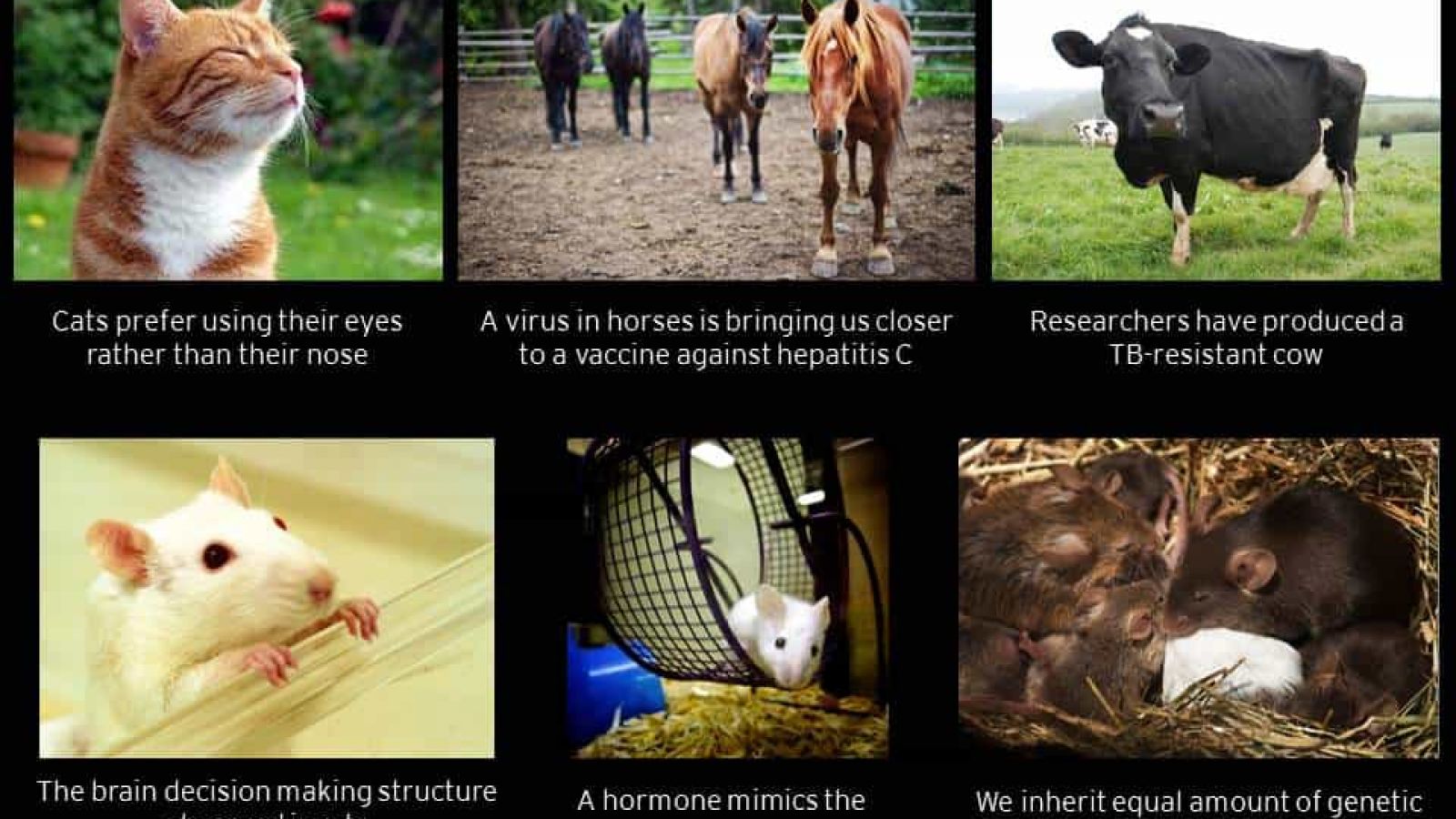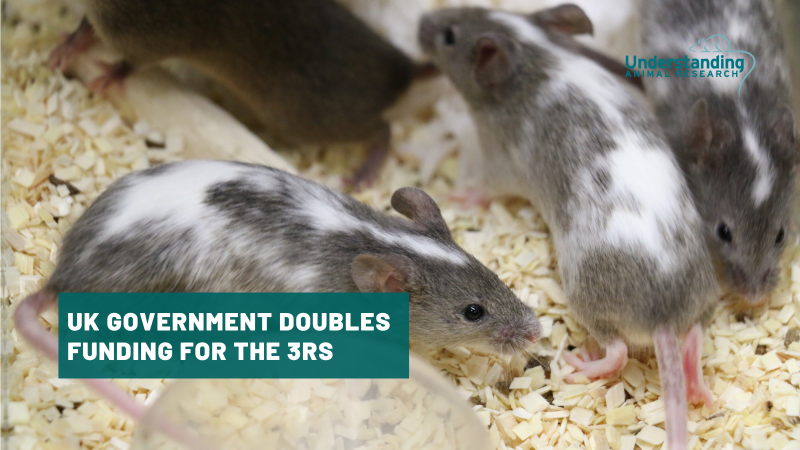 02/03/15
02/03/15
Domestic cats have an exceptional sense of smell - around 14X better than humans - yet they still choose to use their eyes to find food. Veterinary researcher, Professor Daniel Mills, offered cats a choice of two pieces with different pictures and odours on. Certain combinations resulted in a treat. When the cats learned the rules the researchers mixed up the odours and pictures - the cats chose to continue with the previously correct pictures rather than going with the smells.
Prof Mills said:
"We do wonder if it might partly be a result of domestication, as dogs too seem remarkably visual compared to wolves, but that really is speculation. If it is related to domestication, it might be because our faces are such a rich source of information for our pets"
03/03/15
Is the decision-making part of the brain set out like an office? According to studies in rats, the striatum operates hierarchically - with three regions having distinct roles in motivation, adaptive decisions and routine actions. These parts work together, in an ordered manner.
"To observe what each part does, the researchers hooked up tiny electrodes to rats’ brains. The electrodes measured how frequently neurons in each section fired during a task, in which rats picked between two holes based on the probability of getting a sugar pellet reward. During fixed trials, the reward probability was held at different rates for the two holes, so the rats’ responses would become habitual over several weeks. During free-choice trials, the probability of reward jumped around, requiring the rats to adapt and evaluate their options more carefully."
http://www.alnmag.com/news/2015/03/brains-decision-making-structure-seen-rats
04/03/15
Chinese scientists have produced a TB-resistant cow. In 2013, TB cost the taxpayers £100m and the lives of 26,000 cattle. The disease has also convinced the government to test culls of badger populations to prevent its spread. If these new genetically modified cows were to be bred, it may be a great leap forward for animal welfare in the UK.
Prof Niemann said:
"Whether this approach protects cows against TB infection when exposed to high doses of the pathogen remains to be determined"
http://m.bbc.co.uk/news/science-environment-31709107
05/03/15
You may look like mother, but your genes have more in common with your paternal side. A study on mice has shown that although we inherit equal amount of genetic information from our parents, we actually use more of the DNA that we inherit from our father. In the mice studied, the researchers discovered an imbalance in offspring which made their brain genes significantly more like their father’s. The finding has important implications for studying the development of diseases, and finding treatments.
Prof Fernando Pardo-Manuel de Villena, who led the research, said: “This is an exceptional new research finding that opens the door to an entirely new area of exploration in human genetics.” He explained: “We know there are 95 genes that are subject to this parent-of-origin effect. Now we’ve found that in addition to them, there are thousands of other genes that have a novel parent-of-origin effect.”
Scientists have found a hormone that mimics the effects of exercise – just one injection is needed to curb weight gain and diabetes in mice. The hormone boosts metabolism, just like exercise. MOTS-c targets muscle tissue and seems to be able to restore insulin sensitivity. This hormone is special because it’s encoded in the DNA of the mitochondria – the energy-generating organelle of the cell - rather than the DNA in the nucleus. Clinical trials are planned to begin in the next 3 years.
“This represents a major advance in the identification of new treatments for age-related diseases such as diabetes,” Pinchas Cohen, one of the lead researchers from the University of Southern California
http://www.sciencealert.com/scientists-have-found-a-hormone…
06/03/15
A virus from horses is bringing us closer to a vaccine against hepatitis C. The virus is so similar to the Hepatitis C virus in humans (HCV) that it might be possible to use horses to develop vaccines against it which has infected 200 million people. The new study could be used to expand the understanding of liver diseases in horses and to understand where HCV in humans actually comes from. The scientists sequenced the genome of the HCV-like virus in horses. This will help them compare both viruses and enable scientists discover more about the relationship between the different viruses. The researchers have also produced a copy of the virus’ genome and injected it into the liver of a live horse to see if the horse can react in a way that was reminiscent of that of humans – to prove that it is an effective model for a vaccine.
"If we’re to be able to develop a vaccine against Hepatitis C we need a good animal model," says Dr. Troels Scheel, a researcher at the Rockefeller University Laboratory of Virology and Infectious Disease. “Our study shows that a similar virus in horses is closely related to HCV and that the symptoms of the disease are alike. This means that we now have a potential animal model on which to develop vaccines.”
http://sciencenordic.com/virus-horses-bringing-us-closer-va…
Last edited: 10 March 2022 17:36




